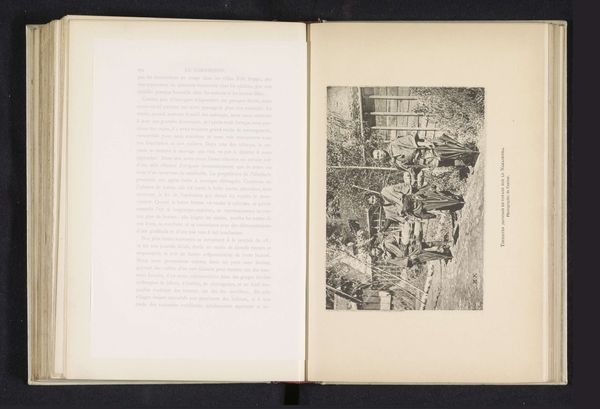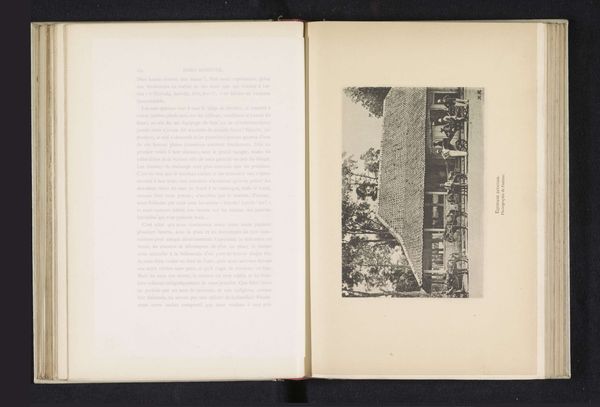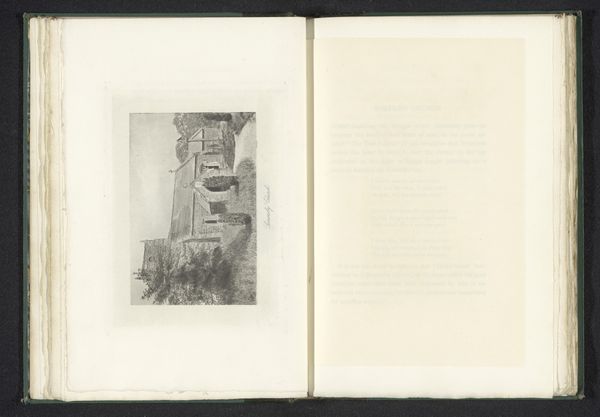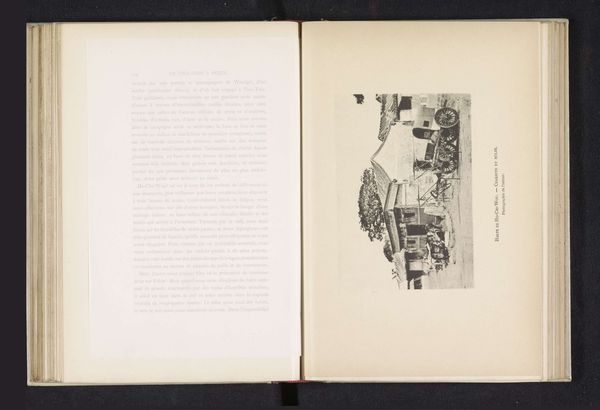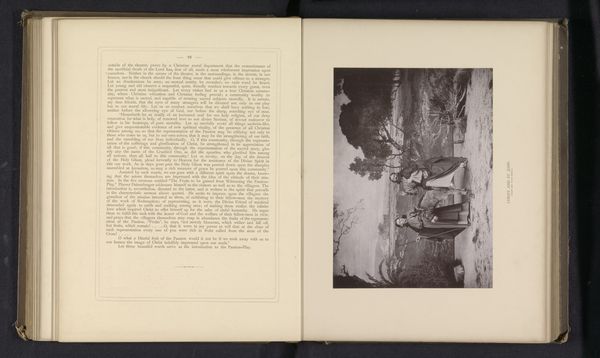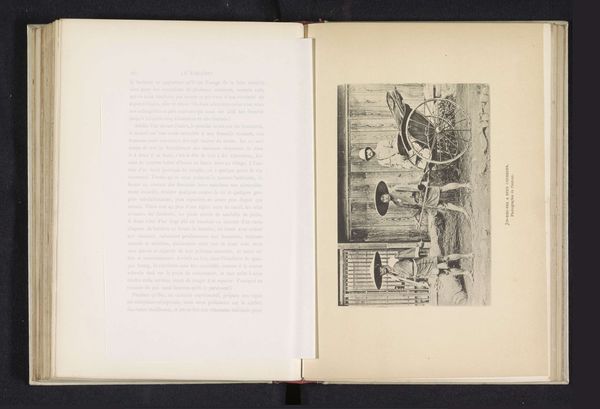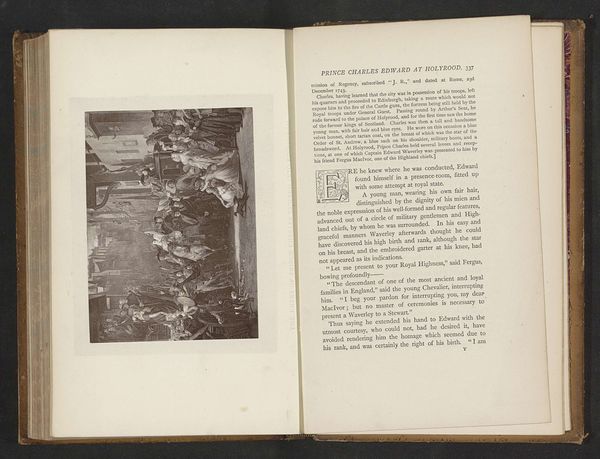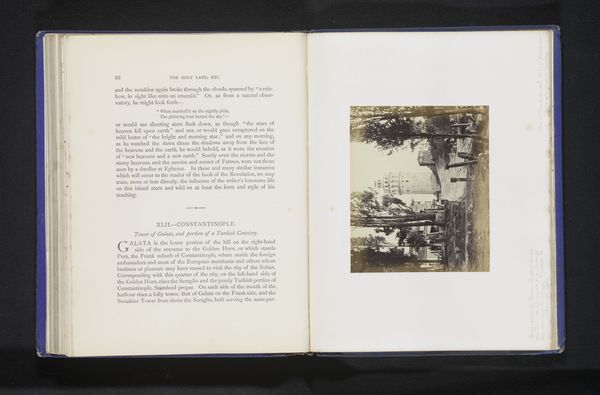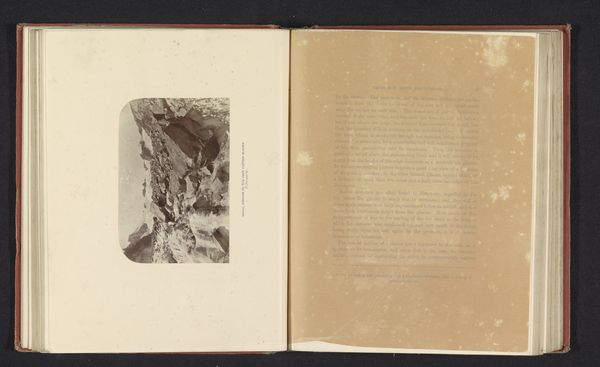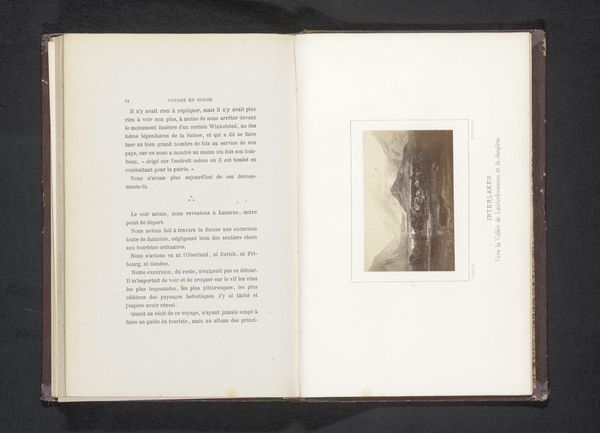
print, photography
#
aged paper
#
paperlike
# print
#
hand drawn type
#
landscape
#
photography
#
hand-drawn typeface
#
orientalism
#
thick font
#
handwritten font
#
delicate typography
#
thin font
#
historical font
#
small font
Dimensions: height 113 mm, width 168 mm
Copyright: Rijks Museum: Open Domain
This photograph by Hugues Krafft captures Barthélemy and three others with donkeys amidst ruins in China. The ruins themselves are a potent symbol—fragments of a forgotten civilization. Consider how ruins, like those here, echo across cultures. They are not merely physical remains; they are repositories of collective memory. We see this echoed in the Romantic period, as ruins became a symbol of reflection on the transience of human endeavor and the decay of civilizations, mirroring the inner turmoil of the individual. The psychological impact of ruins, therefore, transcends mere aesthetic appreciation; they resonate with our subconscious awareness of mortality and the cyclical nature of history. The motif reappears, evolved, laden with new meanings in each era. It engages viewers on a deep, subconscious level, revealing the powerful continuity of cultural memory.
Comments
No comments
Be the first to comment and join the conversation on the ultimate creative platform.
